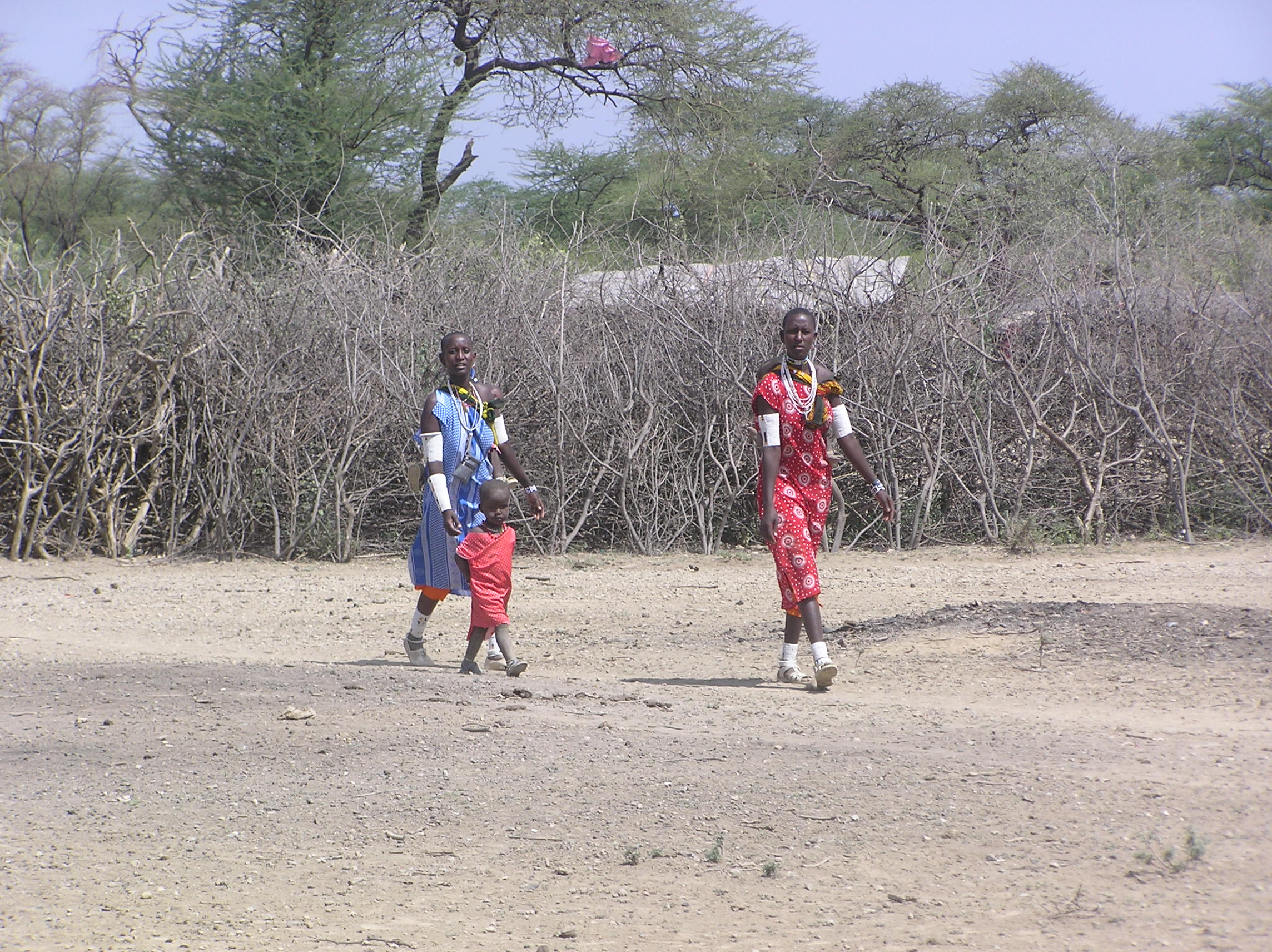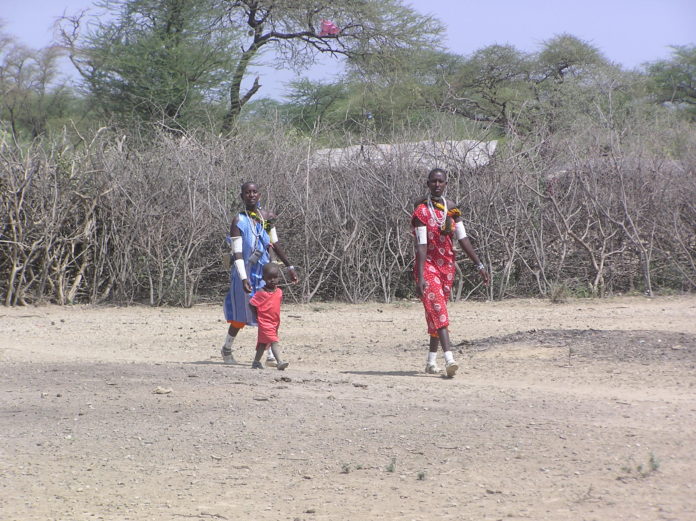By Lenah Bosibori
Nairobi, Kenya: Food and Agriculture Organization (FAO) has called on Kenya to invest in multi-hazard early warning systems in order to effectively address crises and disasters.
Speaking in Makueni on Thursday during the 7th annual Devolution Conference, Carla Mucavi FAO representative in Kenya said that the early warning systems will provide the capability of the needed data that will allow effective decision making.
“Those systems have the potential to ensure that early action is taken in advance to avoid the catastrophic effects caused by disasters,” said Mucavi.
The Conference themed ‘Multi-level governance for climate action’ brought together 3,000 stakeholders from the national government, county government, and various NGOs.
Mucavi added that mobilizing for resources is not always easy but early action is important.
So far, 2.5 million people are facing food insecurity in 23 counties in Kenya.
“Resilience building is the way forward, we have to strengthen capacity at local level, sub-national and national level in order to sustain the shockers and the crisis,” she added.
According to Mucavi, working together with the UN umbrella, the government, local communities, FAO was able to anticipate the action and mobilize resources that allowed in responding to the emergency during the locust invasion in 2019 and 2021.
“Through the support of FAO, we were able to support the government to establish the desert local command center that includes an information officer with the capability to provide data for early warning,” added Mucavi.
Mucavi added that FAO has supported the government to develop a strategy that is now in place which will allow responding to any other swam in the future.
“It is not easy to mobilize resources again for anticipatory action but we know that it is cheaper and it saves lives and livelihood,” added Mucavi.
“If we are able to address the challenges and create the synergy that is needed and integrate the policies at the national development plan so that we can also budget for it, this will allow us to go one step further,” added Mucavi.
Nicholas Maingi deputy director Kenya meteorological Department added that an early warning system is key to climate change adaptation and disaster risk reduction and aims to avoid and reduce the damage caused by hazards.
“To be effective early warning systems need to be actively evolved to people and communities at risk for a range of hazards,” added Maingi.
“We also need to facilitate public education and awareness of the risks, dissemination of the message and warning effects efficiently and ensure there is a constant state of preparedness and that early action is enabled,” added Maingi.

According to him, early warning systems for climate-related risks must rely on the sound scientific and technical base focus on people or sectors most exposed to the risks.
Ali Roba Mandera County governor added that the cost of climate change mitigation varies from region to region.
Walid Badawi president representative of United Nations Development Programs (UNDP) said that they are involving the young people in agroforestry value chain design programs that are addressing the vulnerable.
“Kenya has done relatively good in being able to attract climate finance in Africa,” added Badawi. “Relying on international finances is not going be enough.”
James Oduor Director General National Drought Management Authority(NDMA) said that droughts are not like floods or earthquakes; they evolve slowly which means that their evolution can be tracked and responded to accordingly before an emergency is reached.
“One area we need to improve is how we present and share the information with all relevant stakeholders including the communities that are affected,” added Oduor.














